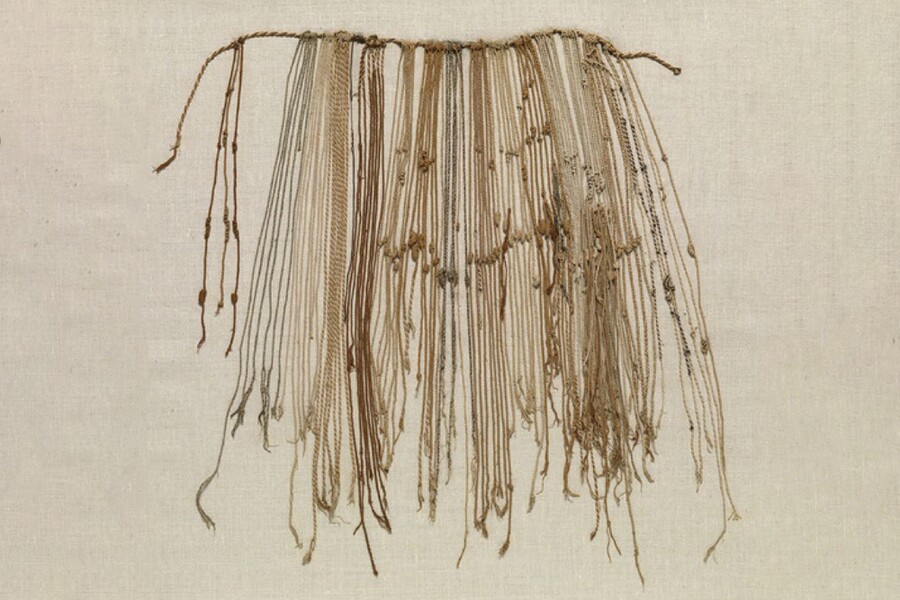Long before computers existed, the Inca people collected data and kept records using knotted strings known as quipu. That technology has inspired a new system for assessing gastrointestinal problems, which is considerably less expensive than conventional methods.
When we digest food, it’s pushed through our gastrointestinal (GI) tract by a wave of sequential muscle contractions. If those contractions get out of sync – or simply don’t happen at all – problems such as heartburn, constipation and irritable bowel syndrome can occur.
In order to check what’s going on in the GI tract, a long, flexible, tubular device known as a high-resolution manometry catheter may be passed through a patient’s nose, down their esophagus and into their stomach.
A series of sensors along the length of the catheter then detect real-time pressure changes within the GI tract, displaying the data on a linked computer screen.
It’s an effective system, but is costly enough that hospitals or clinics in developing countries may not be able to afford it. Additionally, because the catheter can’t be disinfected in a commonly used autoclave, it has to instead be sterilized via a special chemical process.

MIT
Seeking a simpler and less costly alternative, a team at MIT developed what is known as the QUipu-Inspired Liquid metal-enabled pressure Transducer – or QUILT.
It consists of a thin silicone tube which is filled with a liquid metal (eutectic gallium-indium), and is sealed at both ends. The tube is tied into a series of knots spaced 1 cm (0.4 in) apart from one another, which is the same as the spacing of the sensors on a manometry catheter. Like one of those catheters, it’s inserted through the nose and into the GI tract.
When muscles along the tract exert pressure on one of the knots, that pressure causes an increase in the electrical resistance of the metal within the knot – the greater the increase, the higher the pressure. The change can be measured via a multimeter attached to the external end of the QUILT, and converted into a muscle pressure value on a linked computer.

MIT
And in order to tell where within the GI tract the contraction is occurring, multiple tubes – each one with different spatial arrangements of knots – can be inserted and monitored simultaneously.
In animal tests, a QUILT was used to measure pressure in the esophagus when food was swallowed, and to measure a reflex known as the rectoanal inhibitory reflex. In both cases, it was found to provide readings on par with those obtained via a manometry catheter. Because QUILTs are better able to withstand high temperatures, however, they can be sterilized in an autoclave. That said, they’re inexpensive enough that they could instead simply be disposed of after each use.
“They’re super quick to build and super cheap,” said Kewang Nan, co-lead author of the study along with Sahab Babaee. “Another motivation for making GI manometers cheap and disposable is to promote decentralized diagnosis. Here, being cheap facilitates accessibility by bringing down cost, and being disposable further helps public acceptance by eliminating cost of maintenance and reducing complication during use.”
A paper on the research, the senior author of which is Asst. Prof. Giovanni Traverso, was recently published in the journal Nature Biomedical Engineering.
Source: MIT
Source of Article